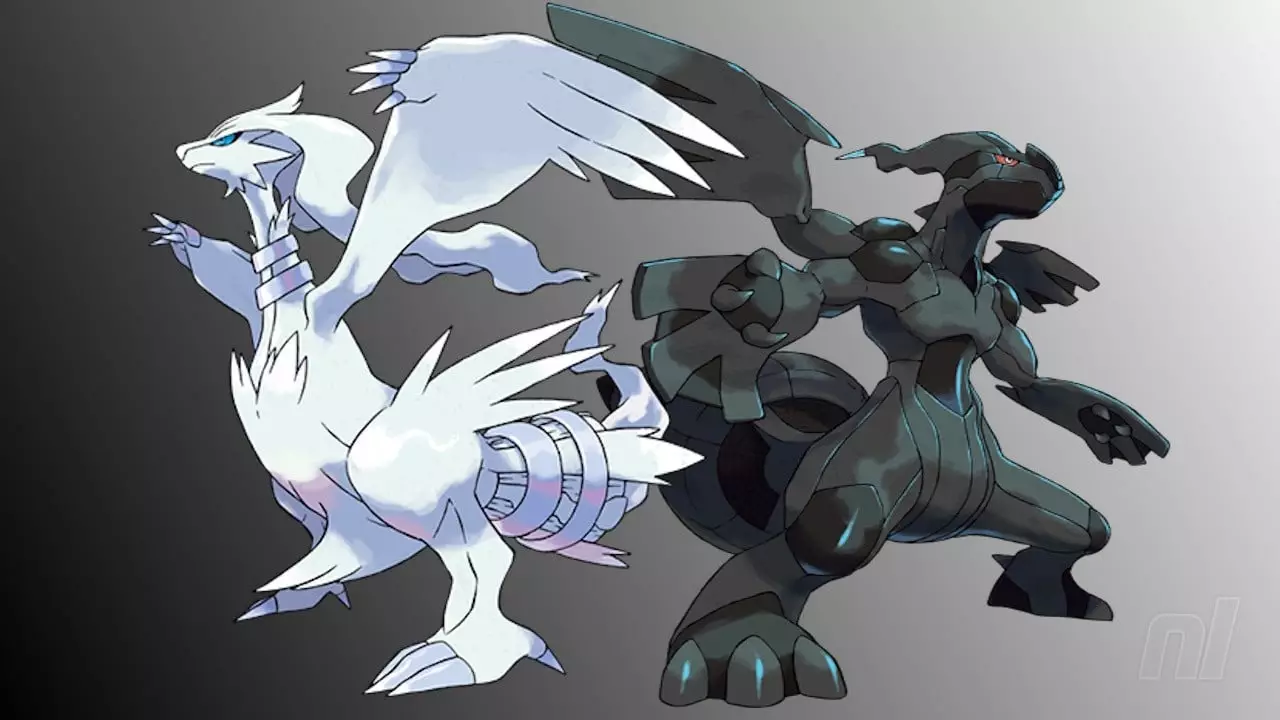Fifteen years ago, Pokémon Generation 5 transformed the franchise’s landscape with the release of Pokémon Black and White in Japan. For many fans, these titles marked a pivotal shift—one that initially sparked mixed reactions but has since earned their place as some of the most reflective and innovative entries in the series. When these games debuted on September 18, 2010, they challenged the conventions that had governed the Pokémon universe for years, bringing with them a bold new region, Unova, inspired by the diverse landscapes of North America, particularly New York City. This geographic shift injected a fresh vitality into the franchise, anchoring Pokémon in a more urban, metropolitan setting that contrasted sharply with previous, more idyllic regions.
But perhaps the most striking element of Generation 5 was its daring approach to the Pokédex. For the first time, players were restricted to exclusively using the 156 new Pokémon introduced in Black and White until they unlocked the National Dex. This bold move pushed players out of their comfort zones—forcing them to master a fresh roster and adapt their strategies without the safety net of beloved old favorites. It was a gamble that paid off in the long run, fostering a sense of discovery and challenge that many fans now regard as one of the franchise’s most creative moments. The restrictive Pokédex design not only breathed new life into battles but also challenged players to broaden their horizons, both tactically and narratively.
The Mixed Critical Reception and Its Lasting Aftermath
Initially, Generation 5 faced its share of criticism. Many lamented the absence of familiar Pokémon, especially since trading restrictions barred players from accessing older sets unless they were willing to trade with those who had already completed the Pokémon League. The inclusion of Pokémon like Trubbish and Vanillite, which fans perceived as odd or purely object-and-food-based designs, drew flak for breaking the aesthetic consistency of previous entries. Gameplay was also scrutinized; some fans felt it lacked the polish and depth of past titles, particularly when comparing features to Pokémon HeartGold and SoulSilver, which had set high standards for remakes and refinements.
However, what critics dismissed at launch has, over time, been reassessed. Many now see Generation 5 as a narrative and design milestone—one that dared to experiment with storytelling, character development, and regional identity. The enigmatic villainous team, Team Plasma, led by the complex and memorable N, introduced morally nuanced themes that resonated with a broader audience. Characters like N and the Pokémon he cared for became iconic, transforming the narrative from a simple good versus evil premise into a story about ideals, freedom, and conviction. Pokémon such as Chandelure, Zoroark, Krookodile, and Volcarona have become fan favorites, providing a diverse and appealing roster that continues to inspire artistic and competitive communities.
A Series of Sequels and the Prospect of Remakes
The release of Pokémon Black 2 and White 2 further cemented Generation 5’s reputation, as these direct sequels broke the mold of traditional third-entry titles. Instead of a “Grey” version, Game Freak opted to expand on the original story with new adventures that retained the core mechanics while adding depth and variety. This decision underscored the belief that Generation 5 deserved its own narrative space—an approach that reinforced its significance within the franchise.
Today, the whispers of a remake are growing louder. Given the recent success of remakes like Pokémon Diamond and Pearl, and the strategic placement of Black and White-related content across games like Pokémon GO and the Trading Card Game, fans are increasingly optimistic about a potential generation revisit. Teasers and Easter eggs hint that Game Freak might be preparing something special—possibly for the Nintendo Switch 2, given the evolving hardware landscape. With the upcoming release of Legends: Z-A, focused on Generation 6, and the 2026 release window for a new “Champions” and “Pokéopia” experience, these rumors gain more weight. It seems the franchise is preparing to reintroduce Unova’s defining Pokémon and stories to a new generation, this time with modern graphics, mechanics, and storytelling depth.
Understanding the Cultural and Nostalgic Significance
Generation 5’s significance extends beyond its gameplay innovations and narrative depth — it holds a special place in the hearts of many fans because it represents a turning point. It challenged the franchise to try new ideas, often at the risk of alienating traditionalists, only to demonstrate years later that daring creativity can redefine a series. Whether it’s the region’s urban flavor or the arc of N’s moral dilemma, Black and White exemplify Pokémon’s potential to grow beyond simple monster collecting to become a platform for storytelling and artistic expression.
The possibility of remakes isn’t just about nostalgia. It’s a recognition that Generation 5’s legacy is ripe for reinvigoration, to be appreciated anew with contemporary technology and storytelling techniques. If Game Freak indeed moves forward with a transition to the Switch 2, it will symbolize a respectful acknowledgment of a generation that dared to be different—and succeeded in leaving an indelible mark on the Pokémon universe.

